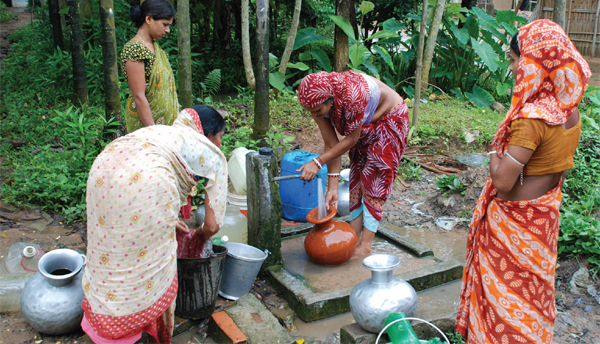India rural development report 2012-13

Sanitation continues to remain India's biggest failure with a large proportion of the nation's rural population still defecating in the open says this India Rural Development Report 2012-13
The dynamics of political, economic and social change in rural India are complex and have been gaining prominence. In this context, the India Rural Development Report aims to understand these diverse forces and explore what can spur growth and development. Several challenges, however, stand out. Commercialisation in agriculture has benefitted many farmers, but it has also left out many small-holder or dryland farmers. 
The move towards non-farm livelihoods is now a reality, but it is usually on insecure terms. The multiple dimensions of poverty—health, education and basic infrastructure—are increasingly becoming concentrated in certain areas and amongst certain socially excluded communities. Only a fifth of the rural population has access to all three basic services— drinking water within their premises, latrines and electricity—and another fifth does not have access to any of them. With rising rural consumption and aspirations, can no longer fail to provide our rural population basic services and opportunities to enhance their livelihoods.
Related Content
- World Development Report 2016: digital dividends
- Mapping the vulnerability of mountain peoples to food insecurity
- The State of Food and Agriculture 2015: social protection and agriculture- breaking the cycle of rural poverty
- Delhi tops the country in fatal road accidents and in number of pedestrians and cyclists falling victim, says new CSE assessment
- Small States’ creation: neither panacea nor placebo
- From poverty to empowerment: India’s imperative for jobs, growth, and effective basic services
